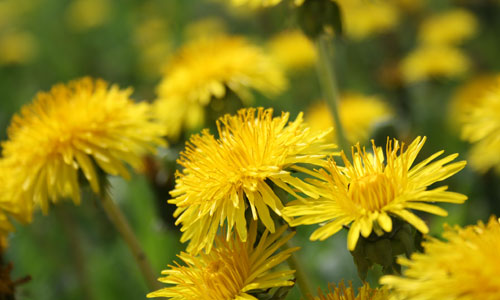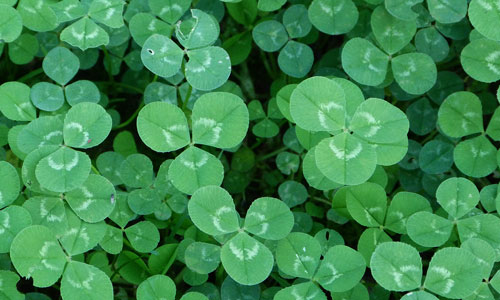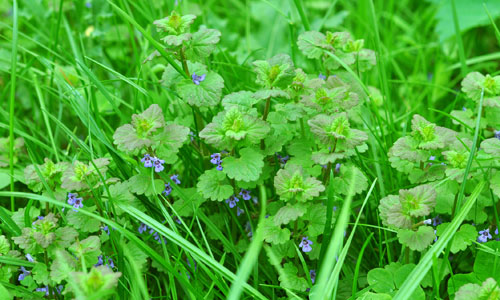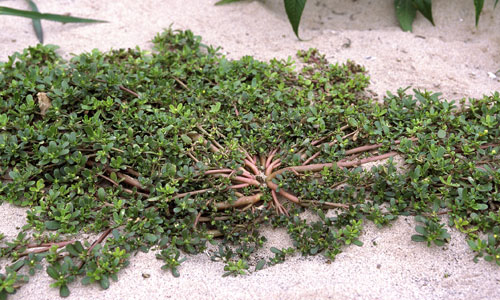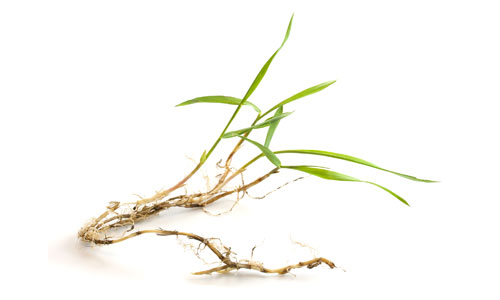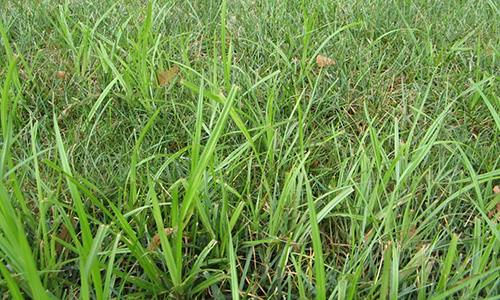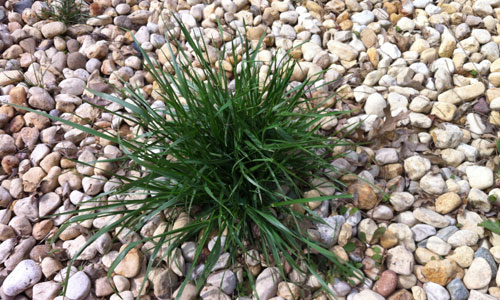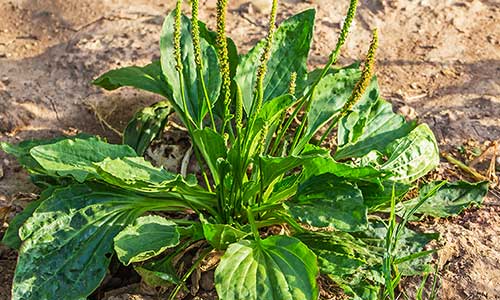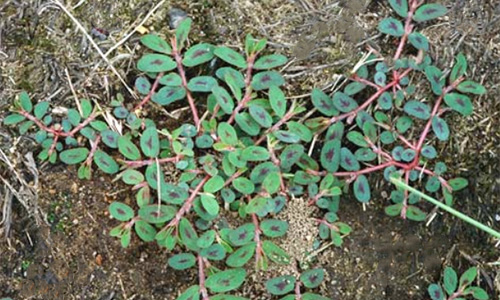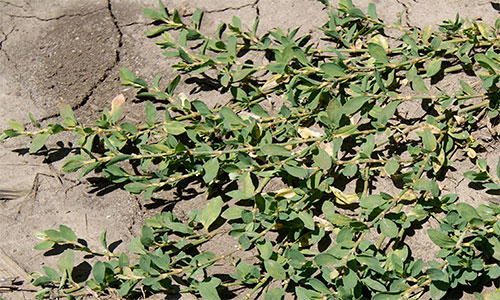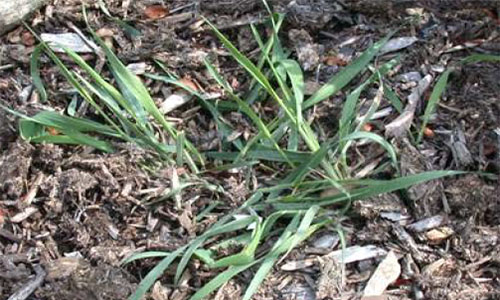Common Texas Weeds
Achieving a beautiful lawn in Houston, TX and the surrounding areas can be difficult. Dry, hot summers and cold winters make lawns vulnerable, leaving room for weeds to easily take over your landscapes.
Green Bee provides superior customer service and high quality lawn care for Houston, TX and the surrounding area.
Contact us today for professional lawn services or call us at (832) 678-5900.
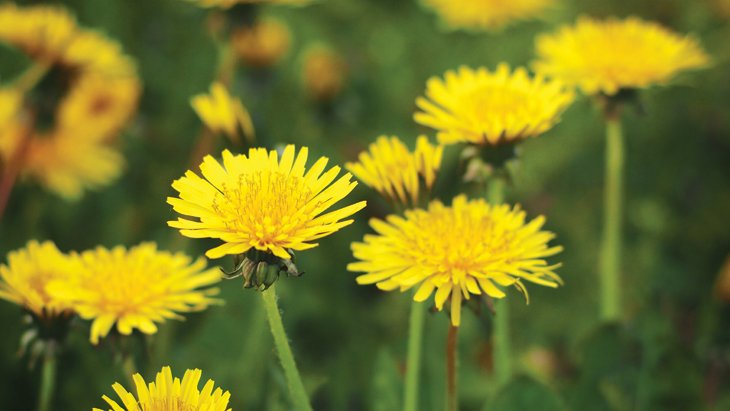
Why Is Weed Control Important?
Common Types of Weeds In Texas
Dandelions
Dandelions: One of the most well-known weeds, dandelions rear their ugly head each year. Their deep root systems can damage soil and surrounding plants, as well as multiple quickly. Eliminating their root structure is the only way to prevent them from returning year after year.
What to look for: Long, bright yellow blossoms followed by “puffball” seed carriers.
Structure: Leafless stems of varying lengths, grows from center of prostrate rosette.
Creeping Charlie
Creeping Charlie: Also known as “ground ivy” this quickly-spreading plant that is difficult to eliminate once it gains traction. This plant has the ability to spread in three main ways: from its seeds, roots, and even stems.
What to look for: Creeping stems several feet long that root at nodes.
Structure: Creeping.
Clover
Clover: Clover is another bothersome weed that can spread quickly throughout a lawn. Clover can choke out grass and damage its health, as well as create a messy-looking lawn. Take back your summer lawns from clover with Green Bee.
What to look for: 3 dark leaflets that develop white blossoms.
Structure: Low-growing, with creeping stems that root at nodes.
Thistle
Thistle: Thistles are an unsightly part of any lawn, and their spiky leaves can be painful. Removing thistles can make your lawn enjoyable again. Thistles are relatively easy to remove when done by a professional. Their annual return can be prevented by removing the entire root system.
What to look for: Tall cluster of spiky stems, eventually bearing large purple flowers.
Structure: Bushy clump of spiky leaves.
"*" indicates required fields
Wild Violets
Wild Violets: While violets can be beautiful, their wild counterpart acts as a stubborn weed that is difficult to get rid of. These plants come back each year, and spread easily through their roots and seeds.
What to look for: Small pansy-like flowers, blue violet to lilac or white.
Structure: Low-growing, with creeping stems that root at nodes.
Henbit
Henbit: Eliminating these pesky weeds before they flower in spring can take the stress out of henbit weed management in your lawn all summer long. Green Bee can kick start your weed-free summer today.
What to look for: Hairy upper surfaces on leaves that develop pink to purple flowers.
Structure: Grows erect, up to 16″ tall.
Spurge
Spurge: Catching this weed before seeds develop is key for preventing rapid spreading the rest of the season. The sap can be a skin irritant, which makes this weed another great option for professional removal.
What to look for: Numerous long, creeping stems tinged with purple which ooze milky fluid when broken.
Structure: Prostrate.
Crabgrass
Crabgrass: Crabgrass is a common weed found in Houston, TX and the surrounding areas because of its hearty growth in hot, dry conditions. Stopping this weed before seed development can help stop the spread, and prevent it from returning to your lawn every year.
What to look for: Light green, flat leaves that point outward.
Structure: Forms a large clump or mat with stems branching out of a central star-shaped center hub.
Nutsedge
Nutsedge: Multiple tubers present in a single nutsedge plant make this another common Texas weed that is difficult to control, because pulling it will increase the number of plants due to dormant tubers being activated. This is a particularly stubborn weed to control, making it one that’s best to leave to the professionals at Green Bee Lawn Care.
What to look for: Shoots of grass with a V-shaped side profile of the leaves.
Structure: Shoots with leaves branching upward from central location.
Chickweed
Chickweed: Since chickweed is an annual plant, thoroughly removing it from your lawn in one year greatly decreases the chances of it overtaking your lawn year after year. Chickweed is a very common weed in Texas and the rest of the United States. Growing a thick, healthy lawn will also make it difficult for Chickweed to thrive in your landscape.
What to look for: Broad oval pointed smooth leaves with star-shaped white blossoms.
Structure: Low growing.
Kentucky Tall Fescue
Kentucky Tall Fescue: This type of grass can spread and grow quickly, especially early in the season. This is a particularly hardy grass that is important to get under control quickly, as it can damage surrounding grasses.
What to look for: While not a “weed,” this bunching grass can look unfavorable next to Kentucky Bluegrass lawns.
Structure: Bunching grass with tall flat leaves.
Plantain (Plantago major)
Plantain (Plantago major): This ugly plant is a classic sign of an unkempt lawn. Healthy soil, as well as diligent lawn care, makes it difficult for these plants to thrive.
What to look for: Rounded, oval-shaped leaves, 5–20 cm long and 4–9 cm broad. Produces seeds on a 13–15 cm tall stem.
Structure: Low growing and spreading outward from the center.
Wood Sorrel
Wood Sorrel: Removing these plants when they are young and before summer season is the best way to prevent them from constantly spreading in your lawn. This is another common Texas weed that can spread quickly if not contained and eliminated.
What to look for: 3 heart-shaped leaflets attached to the tip of a long stem. Leaves are green to purple and often close and fold downward.
Structure: Low growing.
Spotted Spurge
Spotted Spurge: Poor soil health and deep root systems are what fuel this common Texas weed. Preventing its return on a yearly basis is as simple as addressing the weed early on and removing it completely.
What to look for: Dense creeping stems which ooze milky fluid when broken. Leaves often have a maroon spot on the upper leaf surface.
Structure: Prostrate.
Prostrate Knotweed
Prostrate Knotweed: Another common Texas weed that thrives in poor soil health, this plant can come back as a perennial or find root in your yard as an annual. This weed starts germinating as early as February or March, so maintaining regular lawn care is essential to keeping it at bay.
What to look for: Numerous slender, wiry stems that are highly branched and form mats. Small white to green flowers with pinkish margins.
Structure: Prostrate.
Purslane
Purslane: This plant is technically a succulent, meaning it can withstand harsh heat and dry climates, which help it thrive in Houston’s hot weather. The plant acts as a ground cover, and can push out other plants in its path.
What to look for: Red stems have small green paddle shaped fleshy leaves. Flowers are star-shaped and yellow.
Structure: Low growing.
Foxtail
Foxtail: Rapid growth and high seed concentration fuel this weed’s overtaking of unsuspecting lawns and gardens. A weed that can act as both an annual and a perennial, foxtail prevention is most effective when the plant begins to spring up.
What to look for: This weed has wide leaf blades with stems bearing three to ten inch long spikes of flowers.
Structure: Grows erect, up to 10″ tall.
Quackgrass
Quackgrass: This is the ‘bully’ of all weeds, pushing out not only lawn grass but even other weeds. It’s spread through the rhizomes make it hard to contain, and is a weed that is best left to professional lawn removal.
What to look for: A cool-season perennial grass that actively spreads by rhizomes (an intricate mass of roots). Broad, tapered blades with clasping auricles.
Structure: Grows erect, up to 3.5 feet tall.


